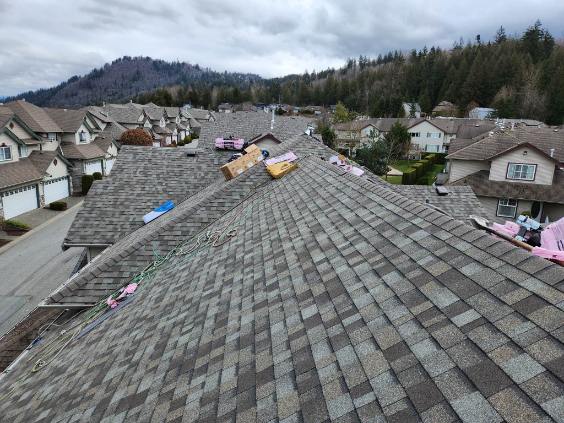When it comes to shingle roofing, many homeowners find themselves stuck between two common choices: 3-tab shingles and architectural shingles. While both fall under the umbrella of asphalt shingle roofs, they are not created equal.
If you’re planning a roof replacement or new installation, especially in climates like Whistler’s, knowing the difference can help you choose the best option for your home. Let’s break down the top seven differences between these two types of shingles so you can make a smart, lasting investment in your shingle roofing system.
What Is Shingle Roofing and Why Does It Matter?
Shingle roofing is one of the most widely used systems in North America for residential homes. Its appeal lies in affordability, variety, and ease of installation. Most houses, particularly those with sloped roofing, rely on some form of asphalt shingle roofs for their protective covering.
But not all shingles perform the same. Whether you’re reaching out to a shingle roofer in Whistler or comparing products at a hardware store, you’ll come across the terms “3-tab” and “architectural.” Knowing the distinctions helps ensure you’re choosing the right material for your shingle roofing needs.
What Are 3-Tab Shingles?
3-tab shingles are the traditional go-to in shingle roofing. These flat, uniformly sized shingles are designed to look clean and simple. Their lightweight nature makes them easy to install, and they’re typically more affordable than other options.
Used commonly on asphalt shingle roofs, 3-tab shingles are ideal for homeowners looking for a cost-effective solution or quick roof replacement. However, due to their thinner structure, they tend to be less durable—especially under Whistler’s heavy snow and rain.
What Are Architectural Shingles?
Architectural shingles, also known as laminated shingles, are built with multiple layers to create a dimensional look and feel. They are thicker, more durable, and offer better resistance to the elements—qualities that make them highly favored in Whistler’s challenging climate.
These shingles are considered a premium option in the shingle roofing market because they combine aesthetic appeal with long-term performance. Many professional from your listing of ‘shingle roofers near me’ recommend them for homes that prioritize durability and resale value.
7 Key Differences Between 3-Tab and Architectural Shingles
Let’s explore the seven most important differences homeowners should understand when choosing the right shingle roofing material:
1. Design and Appearance
3-tab shingles have a flat, symmetrical look, while architectural shingles offer a layered, dimensional appearance that mimics natural materials like wood shake or slate. In areas like Whistler, where homes often blend with scenic surroundings, the richer look of architectural shingles can enhance curb appeal.
2. Durability and Lifespan
According to the National Roofing Contractors Association (NRCA), 3-tab shingles typically last around 20 years, while architectural shingles can offer extended performance of up to 30–50 years, depending on the materials and installation quality. If you’re looking for long-term value in your shingle roofing, architectural shingles are the better investment.
3. Weight and Thickness
3-tab shingles are lighter, which makes them easier to install but also more prone to wind uplift during storms. Architectural shingles, on the other hand, are heavier, thicker, and more robust—an important factor when choosing shingle roofing that can withstand Whistler’s winter storms, strong gusts, and heavy snow loads. Their added weight also contributes to better sound insulation and overall structural integrity.
4. Cost Differences
While 3-tab shingles are more affordable upfront, architectural shingles may offer better value over time due to fewer repairs and longer lifespans. When consulting a shingle roofer in Whistler, they’ll likely guide you toward the option that aligns with both your budget and performance expectations.
5. Maintenance Requirements
Architectural shingles typically require less maintenance thanks to their durability and resistance to curling, cracking, and algae growth. Many shingle roofers say these products are better suited for homeowners who want to avoid frequent upkeep in harsh conditions. Their layered design also holds up better during freeze-thaw cycles, strong winds, and prolonged moisture exposure—common challenges in coastal or mountainous regions like Whistler.
6. Warranty Coverage
3-tab shingles often come with 20–25 year warranties, while architectural shingles may offer limited lifetime coverage. When installed by a certified shingle roofer in Whistler, you can ensure full warranty protection—something especially important for shingle roofing under intense weather exposure.
7. Performance in Whistler’s Climate
Whistler experiences cold, wet winters and heavy snowfall. For homes in this area, shingle roofing must handle freeze-thaw cycles, ice dams, and persistent moisture that can quickly degrade weaker materials. Architectural shingles have better sealing properties, enhanced wind resistance, and thicker construction—making them far more capable of standing up to Whistler’s harsh conditions and preventing premature roof failures.
How to Choose the Right Shingle Roofing for Your Home
Choosing the right shingle roofing depends on a mix of practical and aesthetic considerations. Here are a few key factors to help you decide:
- Budget: 3-tab shingles are cheaper upfront but may require earlier replacement, leading to higher long-term costs.
- Aesthetic Goals: Architectural shingles offer more texture, dimension, and curb appeal—great for boosting the visual value of your home.
- Weather Resistance: Architectural options perform better in snow, rain, and wind, making them ideal for climates like Whistler.
- Home Value: Higher-quality shingle roofing often improves resale appeal, especially if the roof is newer and well-installed.
If you’re still unsure, it’s wise to speak with a trusted shingle roofer in Whistler. They can inspect your roof’s current condition, consider your goals, and recommend the most suitable material for long-term performance and appearance.

Final Thoughts: Choosing Smart with Shingle Roofing
At first glance, all shingles might seem the same—but your decision between 3-tab and architectural types can impact your home’s comfort, safety, and value for decades. When it comes to shingle roofing, the best choice often depends on where you live and how long you plan to stay in your home.
If you want durability, low maintenance, and better weather protection, architectural shingles are likely the smarter investment. And if you’re browsing online for ‘shingle roofers near me’, make sure to ask whether they specialize in both types and how they handle installations in climates like Whistler.
👉 Still unsure what issues you might face with either option? Check out this guide on 7 Common Problems with Shingle Roofing (and How to Fix Them) to help you prepare for long-term roof maintenance and protection.

